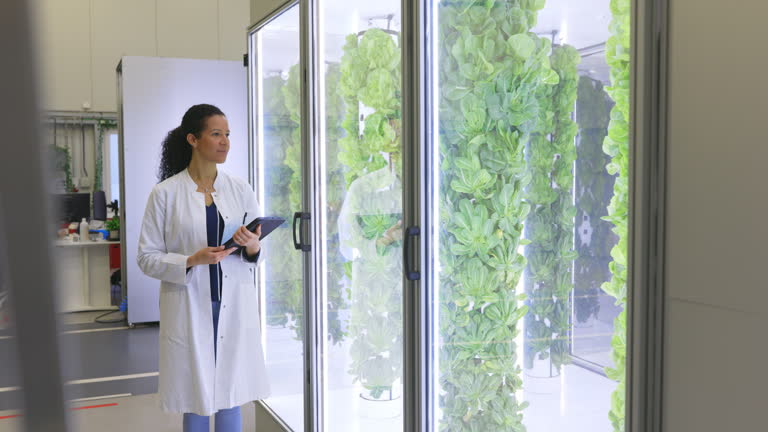
A Modern Twist on Traditional Gardening
For years, people have been relying on traditional soil-based gardening methods. However, with limited space in urban areas and the increasing demand for sustainable farming practices, new methods such as the aeroponic tower garden are quickly gaining popularity. This article delves into how aeroponic systems work, their benefits over hydroponic systems, and why they are the future of home gardening.
What Makes Aeroponic Tower Gardens Unique?
An aeroponic tower garden is a vertical farming system that allows you to grow plants without soil. Instead of placing the roots in soil, the roots are suspended in the air and receive a mist of nutrient-enriched water. The primary advantage of this system is the ability to maximize space, allowing homeowners and city dwellers to grow their own food indoors or in small outdoor spaces.
Hydroponic vs. Aeroponic Gardening
While both aeroponic and hydroponic tower garden use nutrient solutions to nourish plants, the major difference lies in the delivery method. In hydroponic systems, the plant roots are submerged in water, while in aeroponics, the roots are exposed to air and misted with nutrients at regular intervals. The added oxygen in aeroponics helps plants grow faster and healthier.
The Advantages of Aeroponic Tower Gardens
- Faster Plant Growth: With greater oxygen exposure, plants in aeroponic systems grow up to 3 times faster than those grown in soil.
- Minimal Space Usage: Vertical design allows the tower garden to be placed in compact areas, making it suitable for apartment dwellers or people with limited space.
- Sustainability: Water is recycled in the system, resulting in significant water savings compared to traditional gardening.
- No Soil: Since aeroponics eliminates the need for soil, you won’t have to worry about soil pests or diseases.
Key Components of Aeroponic Tower Gardens
- Nutrient Reservoir: A container that holds the nutrient solution, which is pumped to the top of the tower.
- Pump: The pump circulates the nutrient solution through the tower to nourish the plant roots.
- Grow Lights: LED grow lights are often used to supplement natural light, especially in indoor gardens.
Growing with Aeroponics: What You Need to Know
While aeroponic systems are relatively easy to maintain, certain factors need to be considered to ensure optimal plant growth. These include maintaining the proper nutrient solution, monitoring the pH levels, and ensuring the system’s water pump is functioning correctly.
Conclusion
As gardening continues to evolve, the aeroponic tower garden is emerging as a sustainable and efficient solution for growing plants in limited spaces. Whether you’re interested in growing leafy greens, herbs, or even small fruits, an aeroponic system can help you achieve your gardening goals. For those looking for reliable aeroponic tower garden solutions, ALTO Garden provides cutting-edge products that make it easier than ever to grow plants indoors or in small spaces.